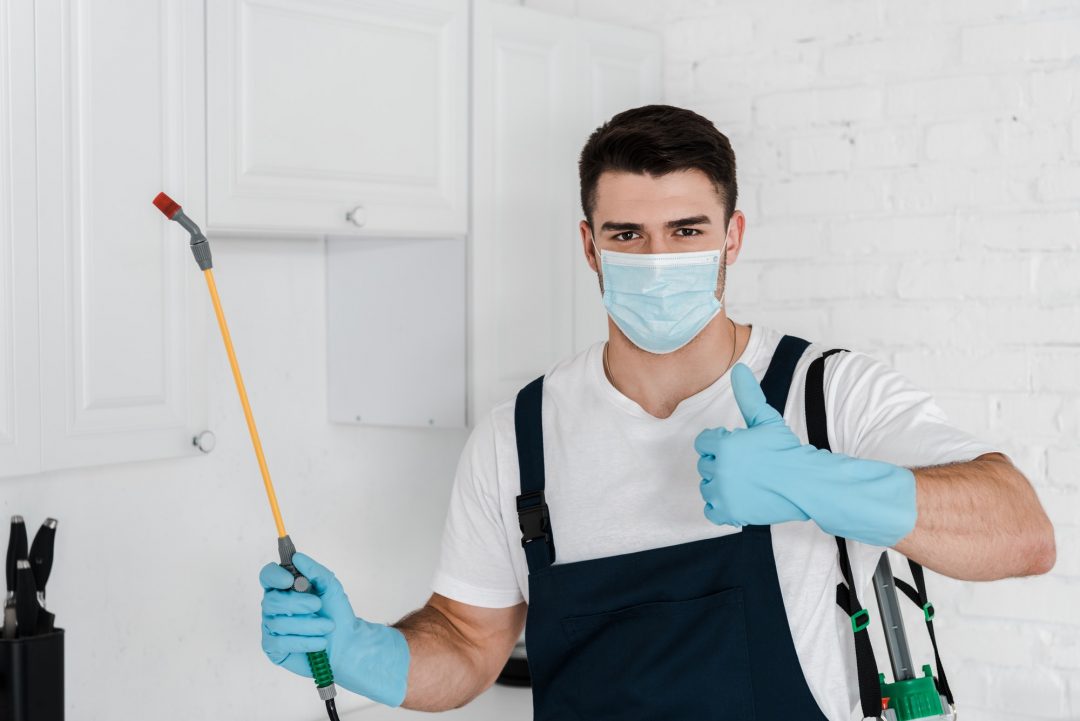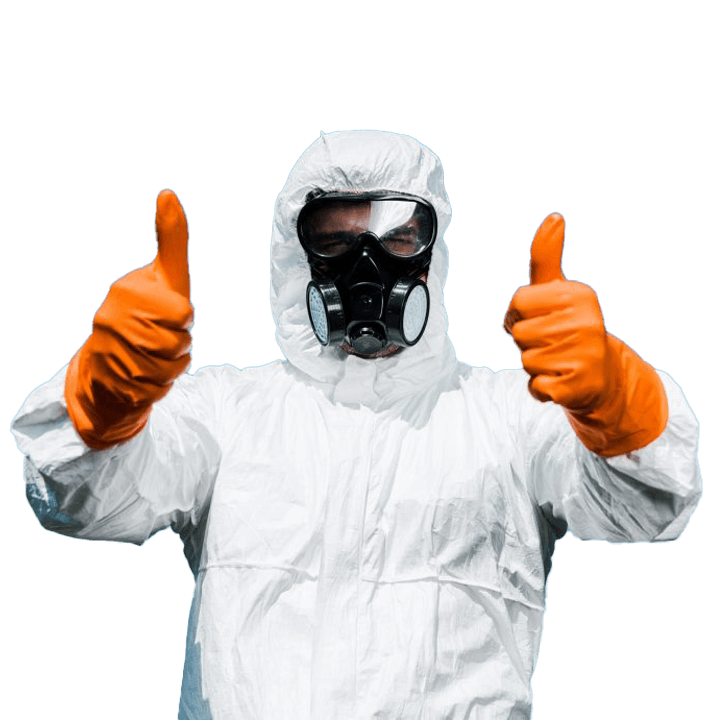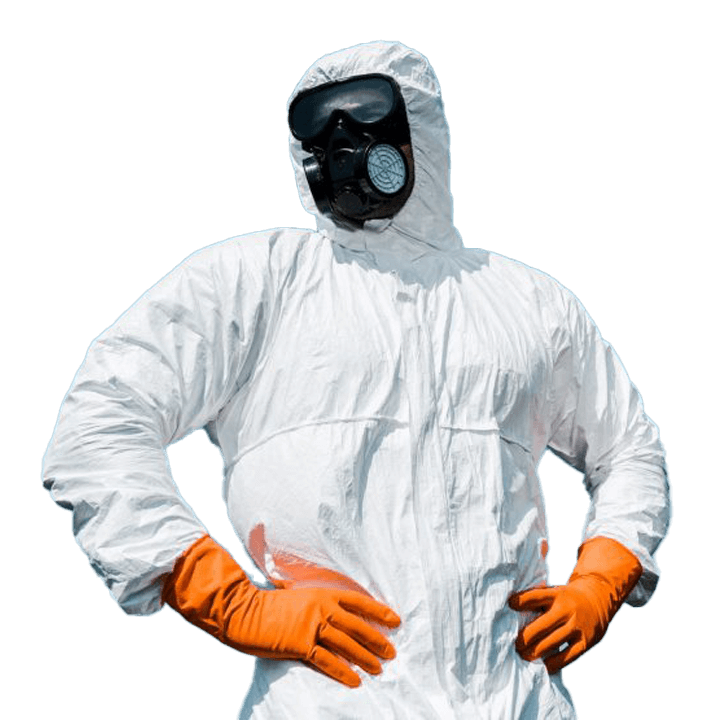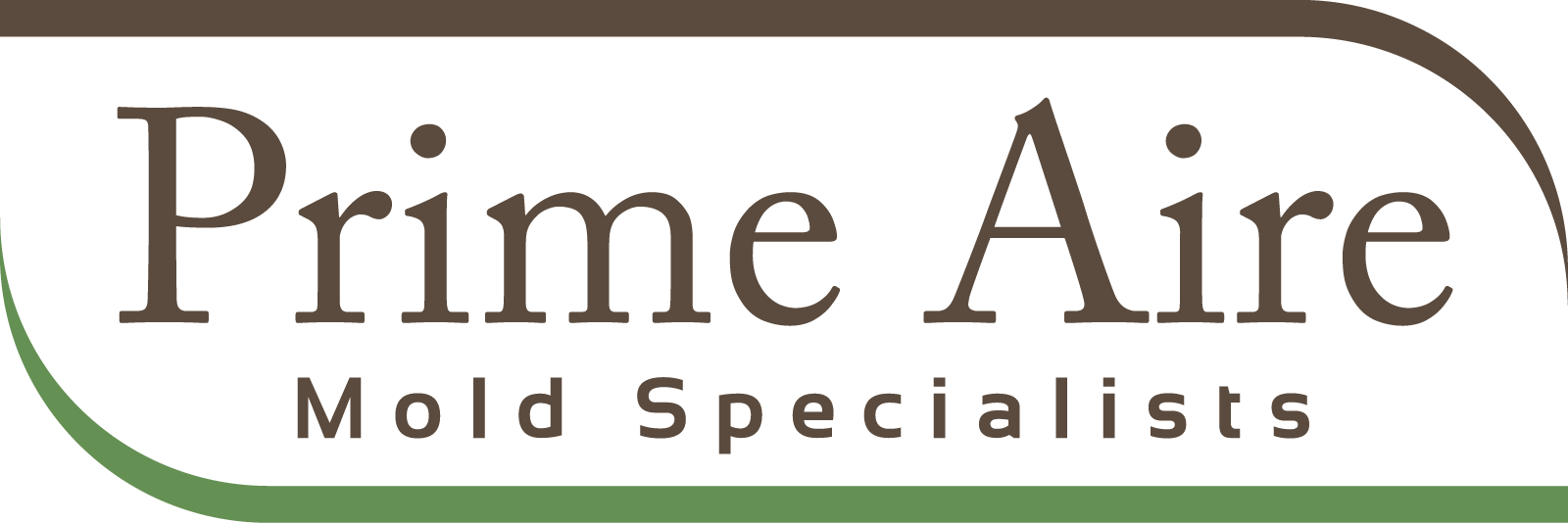- Mold Removal & Mold Remediation NYC| PrimeAire Mold Services
Mold Removal NYC & Remediation
For more specific information regarding your personal mold testing questions and concerns, call PrimeAire to speak to a LIVE certified technician
Mold Removal NYC & Remediation
PrimeAire has two decades of experience and successful project completions as one of the top-rated providers of mold removal NYC residents rely on. In New York and New Jersey, we’ve evolved into one of the most cost effective and reliable mold specialist in the area.
Regardless of the size or complexity of your residential or commercial project, environmental contracting calls for highly specialized skills and knowledge from start to finish. We do it right the first time. Our expertise when it comes to dealing with hazardous substances and materials ensures that your mold problem will be dealt with quickly, safely, and efficiently.
Whether household mold removal or commercial mold removal, we are here to serve your needs promptly and affordably. Mold removal NYC companies and mold removal specialist must follow guidelines throughout the Mold removal process. Our mold remediation NYC technicians Prime Aire Mold Specialists leap ahead, and implement strict IAQA-IAQC & EPA guidelines at every mold abatement. When searching for mold removal near me, know that we take pride in quality work & customer satisfaction.
- Mold Testing & Inspection of Surfaces - Air
- Leak Detection and Moisture Testing
- Infrared Inspection & Survey / Infrared Thermal Imaging Assessment
- Mold Assessment, Mold Mitigation and Consulting
- Removal and Remediation
- Water Damage Assessment and Mitigation
- Laboratory Analysis of Mold Samples Taken
- Complete Review of Findings and Laboratory Results
- Recommendations for Mold Removal / Remediation ( If necessary )
Call PrimeAire Mold Services to speak to a Live Certified Mold Professional today.
Mold often grows behind walls and inside ceiling and floor cavities long before it is ever detected. By the time you start smelling an unpleasant odor, rest assured mold has been growing somewhere for some time and every day is growing more. If you suspect you have mold growing indoors, the time to act is sooner rather than later.

Testimonials From Mold Removal NYC Clients
Here’s what our customers say
Giving the fresh air back to the household



Why Choose Us
PrimeAire Services Include
- Mold Removal NYC & Remediation Services /// IAQA -Certified Mold and Microbial Remediation
- Mold Neutralization,
- Encapsulation and Prevention
- Enzyme and Bio treatments
- BroadSource, limited and local containment
- Filtration and Fumigation HVAC and Vent/Duct Work Decontamination
- Structural Dehumidification & Water Extraction
- Furniture & Contents Decontamination
- Property Evaluations and Mold Assessments
- Expert Witness Testimony and Documentation
- Environmentalist NETWORK (Errors & Omissions Insured)
- Catastrophe Services
- Fumigation
- Odor Neutralization
- Electric fogging
- Sanitizing Carpeting and Upholstery
- Disinfecting
- Allergy Cleansing
- Consultation and Advice
- Machine Rentals
- HEPA Vacuum Process
- Dry-Ice Procedures
- Restoration
- Monitor and test post remediation of moisture and humidity
- Post thermal image retraction
Mold contamination, a common occurrence in water-damaged buildings, is a proven serious health risk; immediate mold removal is key. Maintaining your home and protecting your family from avoidable disease are two good reasons to assess the potential impact of mold on your home. Many families wait until mold contamination is very high before acting to correct this problem. If the home or building has had current or past water damage, particularly to building materials, a microbial investigation is warranted.
* All of our procedures follow IAQC and EPA guidelines.
Goals of Our Mold Investigation
- Determine if there is a mold or toxic mold infestation problem
- Determine the cause of the mold or toxic mold infestation problem
- Determine the extent of the mold or toxic mold infestation problem
Types of Mold Testing Include
- Air Testing using Air Cassettes
- Wall Check Cassettes
- Carpet Check Cassettes
- Bulk, Swab & Wipe Samples
- Tape Lift Samples
- Clearance Testing
Mold Testing Involves Collecting Samples
- Identify the type of mold present
- Quantify the level of mold present
3 Most Common Types of Samples Used in a Mold Inspection
- Surface samples (testing mold growth on surfaces)
- Air samples (testing airborne mold spores)
- Dust samples (mold DNA analysis)
PrimeAire Certified Mold Remediation and Prevention
- IAQA-IAQC certified mold removal, microbial remediation and sanitizing
- Mildew cleaning, retardation, encapsulation and prevention
- Mold cleaning, removal, neutralization, encapsulation and prevention
Mold Testing NYC | PrimeAire Mold Removal NYC Services
Mold removal with safe and environmentally friendly measures.
Phases of AACO Standard Mold Remediation:

Project Development
Preparation
Containment
Structural Removal & Cleanup - Mold Removal
Anti-Microbial Application
Restoration
Common Questions
Frequently Asked Questions About Mold
For detailed information or to request a quote, Call PrimeAire Mold Services at 1-877-307-5166 to speak to a Live Certified Mold Removal NYC Professional today.
Mold is a simple organism found everywhere, indoors and outdoors. Mold spores are microscopic (tiny and lightweight) and travel through the air we breathe. Airborne mold spores in large numbers are a known allergen that can cause allergic reactions, asthma episodes, infections, and other respiratory problems for people, especially children and elderly individuals.
Molds can be a major source of building sickness but not the only potential cause. Other issues can cause building sickness.
People living in or working in dwellings with building sickness have symptoms similar to a mild case of influenza (the flu) with the signs and symptoms disappearing within a few hours of leaving the building. Headaches, fatigue, and respiratory problems can also be experienced by people exposed to sick buildings.
Mold will grow in an environment that is warm, moist and unventilated. Once airborne, mold spores can be spread throughout your structure via the air duct system.
Mold can grow within areas of the house / building that you do not see. Wherever there is exposure to water and a mold "food source" such as cellulose (a component of wallboard), mold can grow. Areas such as the interiors of walls, showers and bathrooms, crawl spaces, attics, drywall tape, cracked plasterboard and dampened carpets are a few discovery areas for mold exposure.
New building methods make buildings better insulated and thus more likely to retain molds within the structure. Buildings are more airtight and any unventilated moisture that gets inside stays trapped inside, allowing mold to grow and spread rapidly.
Molds will grow any time the environment is favorable. Molds can be introduced into the house / structure when the building is under construction or after completion through events such as water damage from leaky pipes, roof leaks, sink, tub, or toilet overflows, cracks in the sealant around tubs /showers and use of inadequate materials during construction. There are documented cases demonstrating the damage caused by contractors allowing building materials to become wet during construction.
See examples of recent mold damage coverage: Forbes magazine: "The Fungus That Ate Sacramento;" CBS News: "Black Mold - Creeping Destruction;" CBS News/ 48 Hours: "Brockovich Takes on a New Foe: Mold;" CBS News/48 Hours: "An Insidious Mold."
In the past, insurance companies have covered mold repairs, but this is changing. Due to litigation and expensive repairs that can be incurred, insurance companies are now starting to consider mold issues a "maintenance issue" even if it costs thousands of dollars to repair/replace walls, etc. Please consult your insurance policy to see if you are covered.
It is possible to clean up visible (surface) mold with a solution of water and bleach, but precautions should be taken. For specific instructions, please refer to FEMA. Mold that is not visible however may require professional remediation.
By eliminating all of the mold that you can see, you may help your situation. However, this may not be the final solution since contamination may be originating from sources such as carpets, the inside of walls, air ducts, crawl spaces and sources outside of your home or building.
